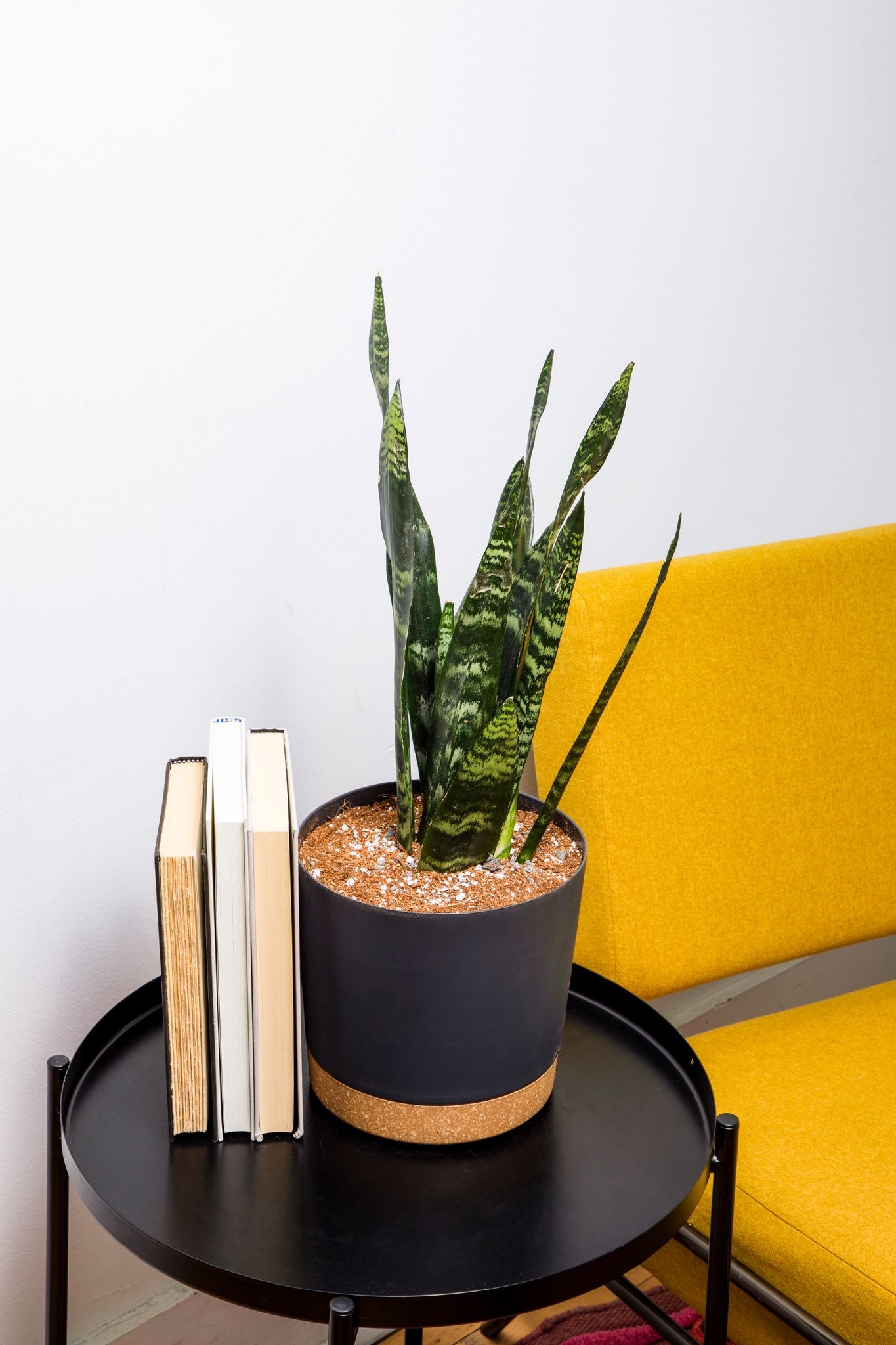Orchids - Why You Should Grow Them
Circular Arrangement of Dendrobium Blooms
Over the years I have seen many different orchid hobbyists and growers succeed in a wide assortment of conditions. What they all seem to have in common is that they have achieved a balance between the the key elements of orchid care: light, water, air movement, temperature and fertilizer. It turns out that there are no absolutes, each key element plays its part in relation to the other elements. For example, orchids can be grown at higher light if water and air movement is abundant as well as at lower light with less water and less air movement. These key elements must also come into balance with the growth cycle of the orchid for optimal success. When orchids are in active growth they require more water and fertilzer than they do when they are at rest. Some orchids even require a dry rest, usually in the winter, before their growth begins anew.
Well, if this all sounds confusing at first I suppose it is. But it doesnt need to be. Growing the very best orchids is all about balance. Balancing the growth cycle of the orchid with the key elements of light, water, air movement, temperature and fertilizer leads to beautiful, healthy plants.
The first step is to learn a little something about the specific type of orchid that you have. Orchids are the second most diverse group of flowering plants, and orchid care requirements can vary widely between different types (genera). If you are unsure of the type of orchid that you have, first check the tag. If there is no tag, please see our Orchid Identification page to see if it matches one of the common genera shown there. Once you know the type of orchid, spend some time looking into how it grows in nature. One of the most common orchids today is the Phalaenopsis. It is native to areas around southern China, Taiwan, the Philippines, Myanmar, Borneo, Vietnam, Indonesia, Thailand, and northern Australia. It is no surprise then that many beautiful orchid hybrids come from Taiwan. Taiwan's average temperature is in the low to mid 70's with the coldest months dipping down to the upper 50's in the colder regions and the warmest months get into the 80's. This gives us a pretty good idea of their origin and helps us understand the warm growing needs of the parents of today's Phalaenopsis orchid hybrids. Rain is plentiful in Taiwan and many areas receive good amounts of rain year round. This explains the need for consistent water for Phals, orchids which developed without pseudobulbs to hold water for dry periods.
 Succulents
Succulents





